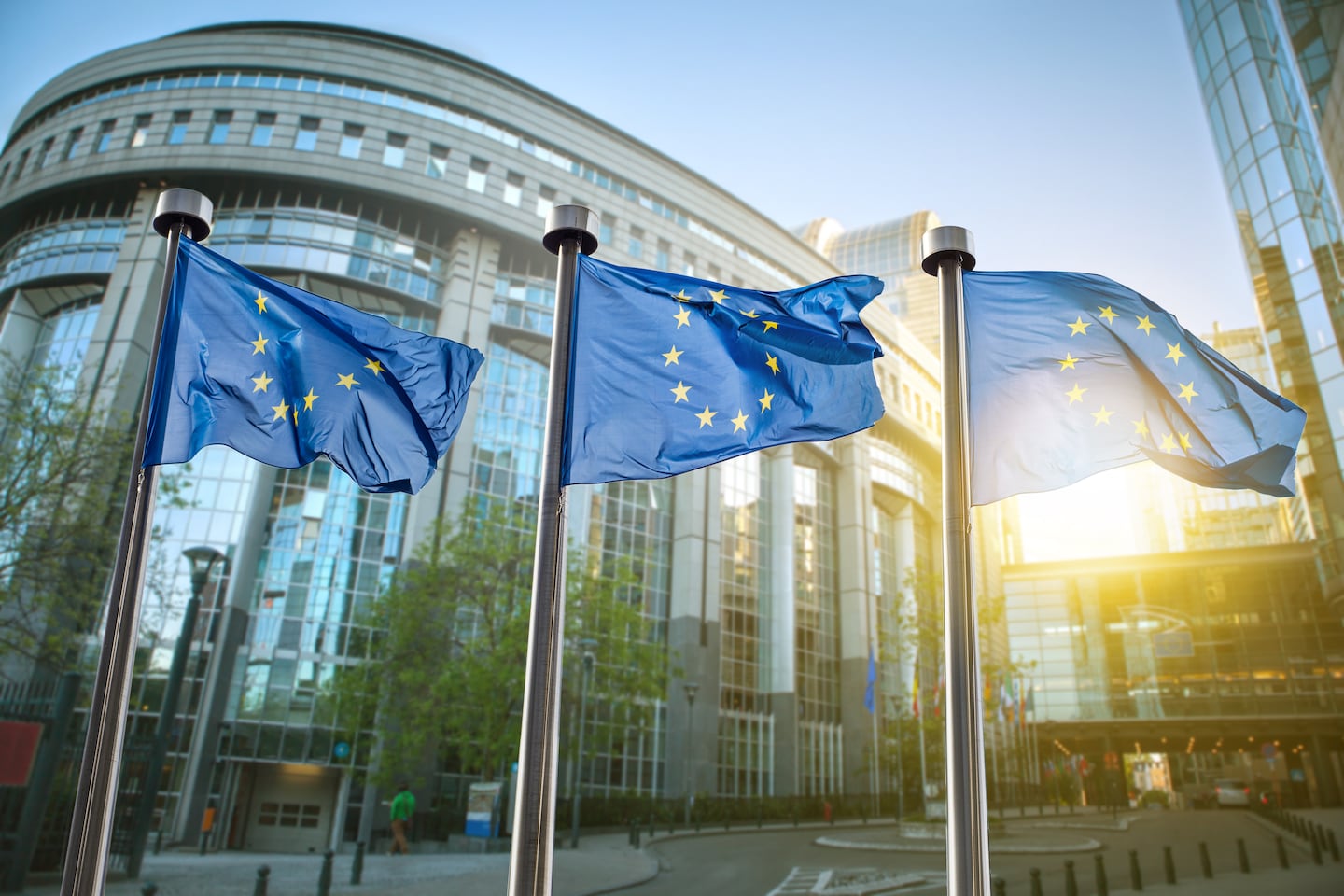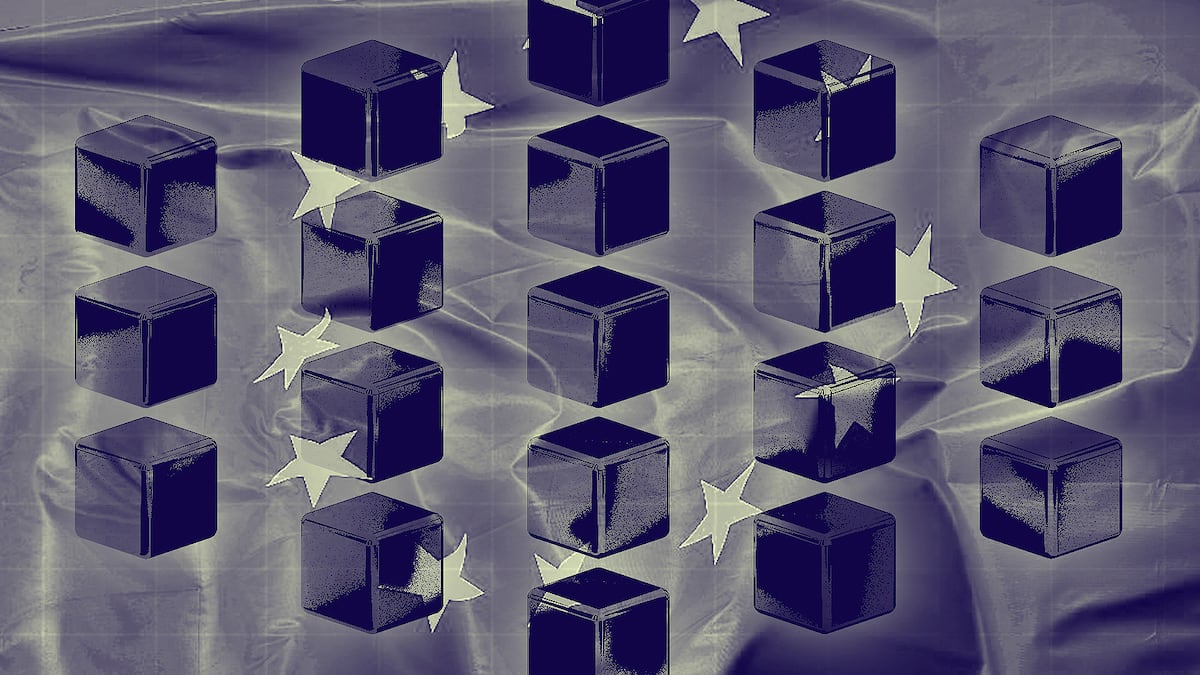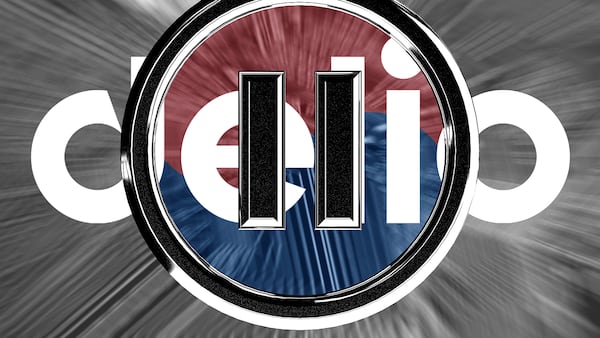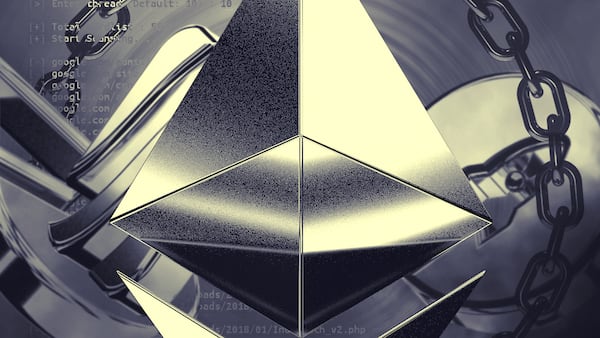- European Union launches consortium to scale technology for public services and private investment.
- New group will have political clout to drive blockchain policy and compete with similar efforts in China and Latin America.
By the end of 2024, a new international body to oversee the development and deployment of a blockchain to connect European citizens to public services — and in the long run, other private applications — will likely be in operation.
In other words, the EU is going big on blockchain. On Thursday, the European Commission is launching a new European Digital Infrastructure Consortium (EDIC), dedicated to scaling up efforts to compete with other large-scale blockchain groundworks, like South America’s Lacchain and China’s Blockchain-based Service Network.
“Blockchain does not have an established institution in Europe yet,” said Nena Dokuzov, head of the blockchain group in Slovenia’s Ministry of the Economy, Tourism, and Sport.
Broader application
Dokuzov is one of the key figures pushing to bring the European Commission’s current blockchain infrastructure project to the next level.
“This is the real contribution: blockchain will be recognised, it will be visible and people will know there is an institution to take care of blockchain’s broader application,” she told DL News.
As with most policy moves in the EU, the blockchain project comes with the usual complexities and alphabet soup of agencies and bodies taking part in various functions. But the upshot is simple — the globe’s top trading bloc is playing the long game when it comes to harnessing decentralised financial innovations wrought by Bitcoin, Ethereum, and their progeny.
‘This is the real contribution: blockchain will be recognised, it will be visible and people will know there is an institution to take care of blockchain’s broader application.’
— Nena Dokuzov
The European Union’s blockchain strives to integrate a host of public applications, like holding citizens’ digital identities and wallets, tracing and verifying goods, storing licences to more easily transfer between countries and more. Behind the scenes, there are already talks with other jurisdictions on how to integrate blockchains for certain use cases.
Europe’s blockchain undertaking will also provide opportunities for private innovation through startups and small and medium-sized businesses building applications on top of the infrastructure in the long run.
In a meeting of EU experts and officials in Stockholm on Thursday, the European Commission will announce the proposals for new consortiums put forward by member states as part of the bloc’s push to bolster digitalisation over the decade.
NOW READ: Crypto bill author McHenry says SEC should have ‘taken out’ Binance years ago
The European Blockchain Services and Infrastructure (EBSI) is the current blockchain project, which was set up in 2018 by the Commission and a group of 29 European countries that has formed the foundations for future EU public services.
It is one of several approved applications responding to the call for interest at the end of last year to form a consortium responding to Europe’s digitalisation push.
After the Stockholm assembly, the EBSI will transition slowly into the new political entity.

The creation of the new blockchain entity would be formally created before the end of the year, a Commission spokesperson told DL News. Then, the EDIC will “gradually organise itself into being fully operational during the course of 2024,” they said.
With the new body, it will be easier to cooperate at an international level to support myriad use cases on the European blockchain infrastructure.
“Until now, we always relied on the Commission to host the project,” Daniël Du Seuil told DL News, who is the Belgian representative of the European Blockchain Partnership in charge of the current blockchain infrastructure project. Moving forward, collaborating with other countries and organisations will be easier.
Belgium takes lead
While the European Commission will still play a role in the EDIC, there will be a separate governance structure driven by member states steering and financing the body.
That being said, Belgium has signalled interest in taking lead on Europe’s blockchain ambitions. In 2024, the country will take on the six-month rotating presidency of the European Council.
“One of my goals during the presidency is to take a technical project, EBSI, and turn it into a political project,” Belgian digital minister Mathieu Michel told The Crypto Mile last month.
NOW READ: Feds grab win against Ooki DAO but who will pay the $650,000 penalty?
Under its new formation, EBSI would allow for international interoperability. Even though there is still not a lot of engagement at that level yet, an EU source close to the project confirmed there are advanced conversations with Canadian authorities about exchanging educational credentials across their blockchain infrastructures.
There are also more early-stage conversations with South America’s Lacchain — a blockchain connecting 15 countries with over 190 nodes and supporting over 60 applications — about potential interoperability between blockchains infrastructures.
While the US opts for enforcement actions to clamp down on crypto, Europe is steadily moving forward in its careful embrace of the technology.
China, on the other hand, is making an ambitious effort to build blockchain infrastructure under its state-backed BSN for commercial and government customers.
More decentralised
“What is interesting for us now is that we have 27, and more including non-EU countries participating, that are working together. That means we are decentralised by default,” Du Seuil said, alluding to the US or China where there is one, national administration. “Europe is more decentralised, that’s why this technology is more interesting for us,” he added. “We are always working with cross-border interactions and need to link things together.”
At full scale, each country would operate at least one node of EBSI.
He noted that Lacchain also operates across Latin American nations, but the project is more private sector-driven. In addition, the US may rely on the private sector, with tech giants like Microsoft, to build blockchain infrastructures rather than the federal government.
NOW READ: China’s BSN builds blockchain systems on its own terms — with no crypto and Xi’s guiding hand
The European Commission spent €347 million on blockchain-related research and innovation projects over the period between 2017 and 2022, according to a document seen by DL News.
So far, the funding of the EBSI projects were mainly resources by the European Commission, as well as by member countries of the European Blockchain Partnership. Organisations working on related projects would have also provided resources.
Moving forward, the new Consortium will lean on funding from participating member states. For specific applications and use-cases, different forms of funding will become available.
“The industry as a whole should benefit from enhanced services proposed on top of the EBSI infrastructure,” said the European Commission spokesperson. The project would also incentivize innovation, they said, as the blockchain industry would play a key role in creating applications that inter-operate with Europe’s blockchain.
‘The current scandals and misuse of crypto are a big challenge that create a hostile attitude.’
— Daniël Du Seuil
Europe’s innovation ambitions are often funded by elaborate EU programmes. For example, Horizon 2020 had a budget of €80 billion for research and innovation projects over a six year period.
The Digital Europe Programme is sitting on a pot of €7.5 billion to help digitalise businesses and public services until 2027, which also funnels into EBSI initiatives.
NOW READ: Crypto lobby rallies to stop SEC from forcing DEXs to register as exchanges
In the past years, however, the blockchain industry has gained an unfavourable reputation with scams and frauds crowding headlines. “The current scandals and misuse of crypto are a big challenge that create a hostile attitude,” said Du Seuil.
For the past years, EBSI has been chiselling out a functional prototype. The blockchain infrastructure uses Hyperledger Besu, which is an Ethereum client, meaning it is a software application that implements Ethereum’s protocol. The code is open source, and the blockchain is public and permissioned. This means that its development is limited to authorised bodies.
“The intention is to become the first interoperable cross-border infrastructure in Europe that can enable certain use cases to be implemented,” Dobukov said. “For now, there are public use cases but after further development also private ones.” For that, scalability will be essential, she added.
Use cases
The EDIC will cover the coordination of the infrastructure’s use cases, research development, sandboxes to test new projects, web3 and metaverse development — will all fall under the new entity.
In the meantime, EBSI has already been working on several use cases, many of which already have policymakers working on their legislative groundwork.
Digital identity framework
For example, the EU’s blockchain will also link up with the digital identity framework, where citizens will have digital wallets to hold their personal documents, licences and data. The proposal for a EU digital identity was proposed by the European Commission in 2021, and is currently in negotiations.
Last month, EBSI also started work on a EU-approved project that would “define umbrella reference architecture for traceability,” Dubokov said, by tracing products and materials on one hand, plus data and documents on the other.
Have tips on EU regulatory policy? Contact the author at inbar@dlnews.com.




